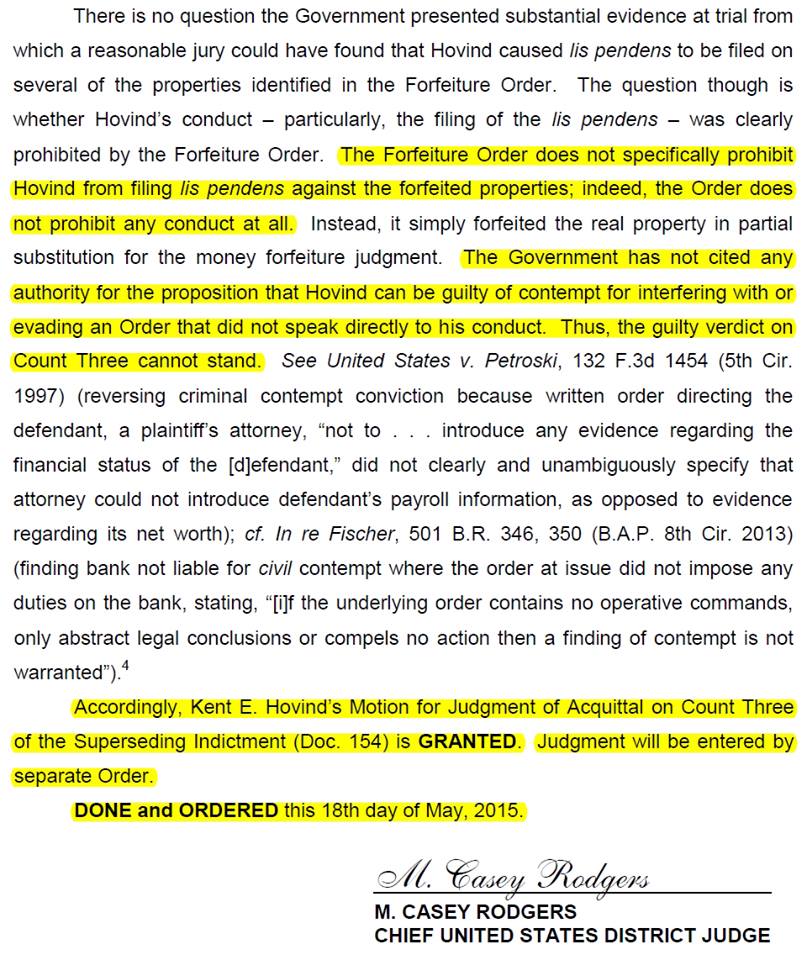
Once all the prosecution witnesses have been questioned, cross-examined and, if necessary, re-examined by the prosecution, the defence will begin. If the defence intends to challenge a prosecution witness’ evidence, the defence counsel must explain the basis for the challenge to the witness When the prosecution has finished, the defence has the opportunity to question each witness, to find any weaknesses or contradictions in their evidence – this is called cross-examination.
#Acquitted vs not guilty professional
These are professional people who are asked to give their expert opinion on specific evidence. the State or Assistant State Pathologist). A witness may be also be a garda giving details of the arrest, a doctor giving medical evidence or a forensic officer reporting the findings. Often the witness was present when the offence was committed, either as the victim or as a bystander. Forensic evidence may be introduced as exhibits (such as items of clothing, documents or weapons). Documents and statements may be introduced. Counsel will ask the witnesses questions to allow them to tell their story and give their evidence in their own words. S(he) gives an outline of the facts from the prosecution’s perspective in order to show the jury what the defendant did, how, and why.Īfter the opening address the prosecution will call and question witnesses - this is called 'examination-in-chief'.

Prosecution counsel will open the case by telling the jury about matters that the prosecution intends to prove. An opening speech is then made by the prosecution, possibly followed by an opening statement by the defence.
#Acquitted vs not guilty trial
The trial begins with the indictment – a summary of the charge(s) against the defendant - being read out by the court registrar (see the Who is in the Courtroom page for an explanation of the role of each party in a case). Prior to the trial, the prosecution must furnish the defence with a Book of Evidence, which sets out the evidence they intend to present in the case against the defendant (the person on trial). You can read about jury selection in the jury information page.


To consideration by the Court of Criminal Appeal.
#Acquitted vs not guilty full
On a ground that “involves a question of law” pursuant to s 107 Crimes (Appeal and Review) Act 2001, full reasons should be given by the judge for the decision to direct an acquittal so that the decision can be subject But as there is now an appeal available to the Crown against a directed verdict of acquittal It had been customary for the trial judge to give the jury some explanation for requiring the foreperson to give a verdictĪt the trial judge’s direction. Īs to the power of the judge to direct a verdict: see generally Criminal Practice and Procedure NSW at. Its highest, it will not sustain a verdict of guilty”: Doney v R (1990) 171 CLR 207 at 214–215 LK v The Queen (2010) 241 CLR 177 at. A verdict of not guilty may be directed only if “there is a defect in the evidence such that, taken at The trial judge has no power to direct a verdict merely because he or she hasįormed the view that a guilty verdict would be unsafe or unsatisfactory: R v R (1989) 18 NSWLR 74. The trial judge has a duty to direct an acquittal if at the conclusion of the prosecution evidence the charge or any availableĬharge has not been proved by the evidence.


 0 kommentar(er)
0 kommentar(er)
